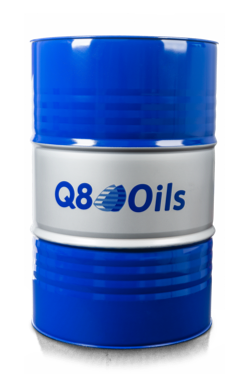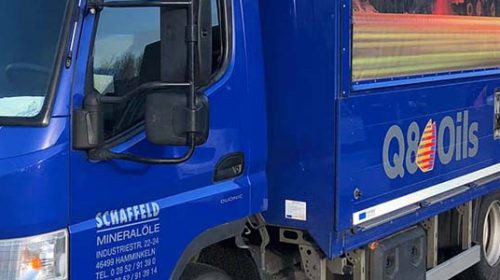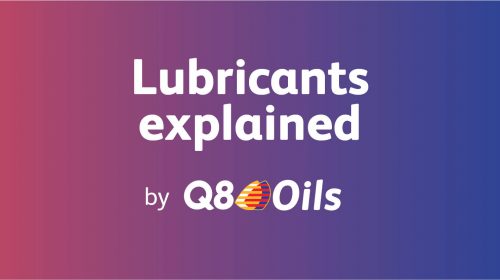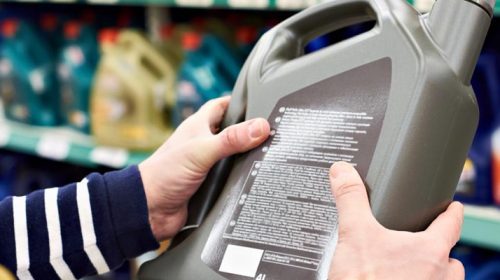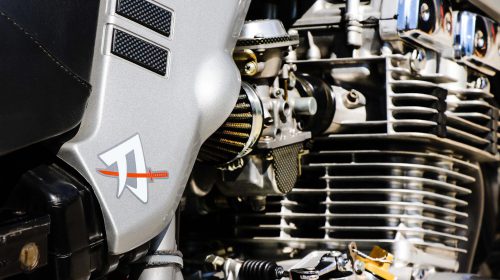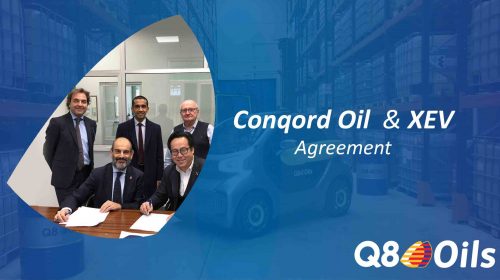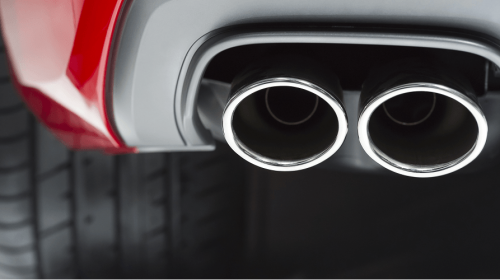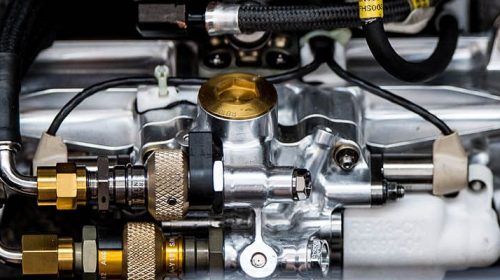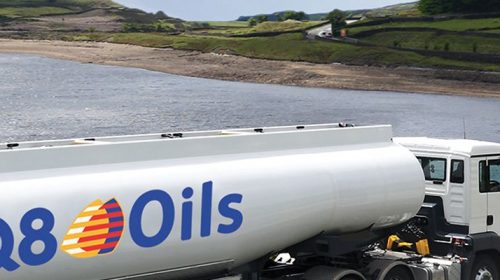Engine oil manufacturers are challenged to balance the fragile equilibrium between oil efficiency and reducing engine wear. Q8Oils offers low HTHS engine oils for the PCMO- and HDDO market that reduce fuel consumption while maintaining engine protection.
All over the world stringent governmental vehicle regulations are pushing the boundaries of fuel efficiency and reduced CO2-emissions. This forces engine builders to come up with more efficient engine designs and new technologies. At the same there is a big responsibility for lubricants manufacturers to develop enhanced engine lubricants that reduce fuel consumption.
One way to improve fuel efficiency is the use of engine lubricants with lower HTHS (High Temperature High Shear) viscosity.
What is HTHS viscosity?
The HTHS viscosity of an engine lubricant is a crucial element that directly impacts the fuel efficiency and durability of an operating engine. A lubricant is designed to lubricate and protect critical engine parts such as the bearings, the camshaft, the piston rings and liner, especially under high shear conditions at high operating temperatures.
HTHS measures the viscosity (resistance to flow) of an engine lubricant at elevated temperatures (150°C) under constant shear, simulating the narrow tolerances and high speeds between moving parts in a hot engine. The lower the measured torque, the lower the HTHS viscosity of the oil, resulting in a higher fuel efficiency.
Choosing the right HTHS viscosity for your vehicle
When selecting an engine lubricant for your vehicle, you should take a few things into account:
- A lubricant with low HTHS viscosity improves fuel efficiency.
- A lubricant with high HTHS viscosity offers better protection for engine parts.
- The engine type: Low HTHS oil in an engine designed for high HTHS oil can cause damage.
The equilibrium between fuel efficiency and engine protection sets engine lubricant manufacturers for two important challenges:
- How low can we go in HTHS viscosity before the benefits of fuel savings start to disappear?
- How can we reduce engine wear for lubricants with low HTHS viscosity?


Low HTHS in PCMO
Since a few year we see that passenger car constructors are building engines that require engine lubricants with an increasingly lower HTHS viscosity in an attempt to win the fuel efficiency race.
Q8Oils offers a wide range of PCMO (Passenger Car Motor Oil) products with a HTHS below 2,9mPa.s, adapted to the needs of advanced high-efficiency engines:
- Q8 Formula V Blue 0W-20 HTHS >2.6 (Specification: VW 508.00/509.00)
- Q8 Formula Ultra V 0W-20 HTHS >2.6 (Specification: VCC RBS0-2AE)
- Q8 Formula Ultra 0W-20 HTHS >2.6 (Specification: API SN/Ilsac GF-5)
- Q8 Formula Ultra H 0W-16 HTHS >2.3 (Specification: API SN/Ilsac GF-5)
Expected in the near future:
- Q8 Formula M 0W-20 (Specification: MB 229.71)
- Q8 Formula Special D2 0W-20 (Specification: Dexos2 Gen2)
Low HTHS specifications for HDDO
Since a few years low HTHS viscosity oils are commonly used in the PCMO-market. Today we see that this trend is extending to the HDDO market (Heavy Duty Diesel Oil).
Driven by new technology and verified stringent testing, the American Petroleum Institute has recently split the category for heavy duty engine lubricants into two:
- API CK-4 supersedes API CJ-4 and requires a far greater performance with a minimum HTHS viscosity of 3.5 mPa.s.
- API FA-4 is a new category with similar performance requirements as API CK-4. In addition the oils in this category must be blended with a HTHS viscosity range of between 2,9 and 3,2 mPa.s.
Q8 Formula Truck 9000
Mercedes-Benz was the first European OEM to introduce a specification for ‘low HTHS’ engine lubricants, known as MB 228.61. This specification imposes increased durability protection and more demanding fuel economy limits. It follows the requirements of API FA-4, requiring a HTHS viscosity range of 2.9 to 3.2 mPa.s .
The new Q8 Formula Truck 9000 FE 5W-30 with a HTHS between 2,9 and 3,2 mPa.s follows most specifications for low HTHS engine lubricants for the HDDO-market:
- API FA-4
- MB 228.61
- Cummins CES 20087
- Detroit Diesel DFS83K22



